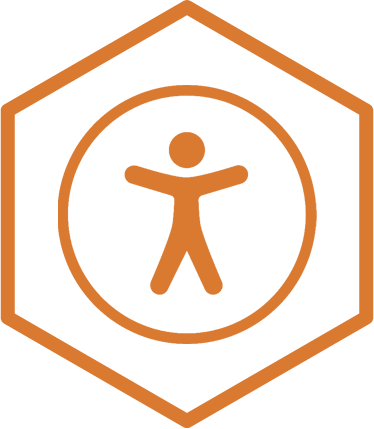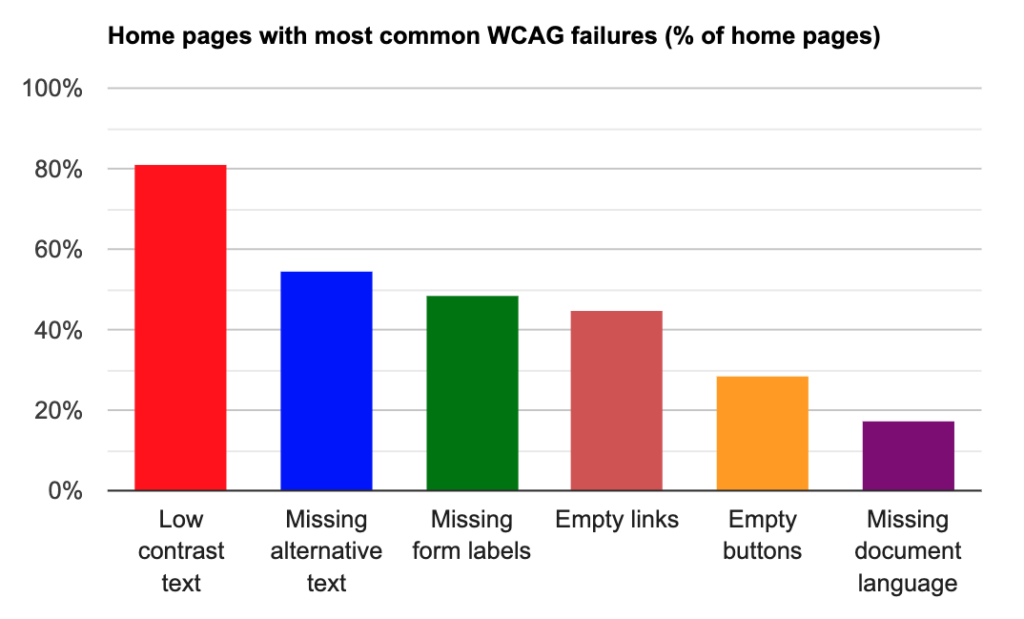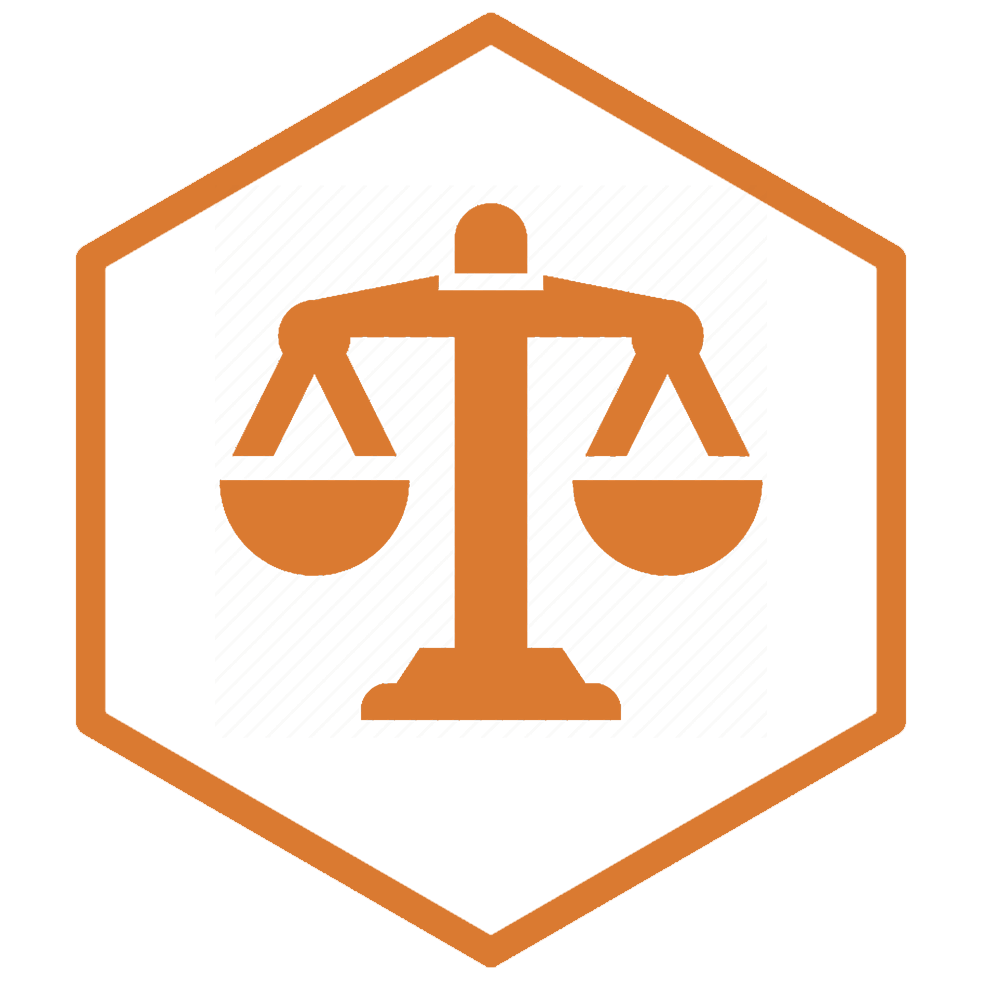Last week saw the return of WebAIM’s 2024 Million report, evaluating the state of digital accessibility across the web. This blog explores key result findings, how to assess your website’s level of accessibility, and what to do if your platform doesn’t comply with web standards.
For the sixth consecutive year, WebAIM conducted an accessibility evaluation using WAVE software to analyse the accessibility of the top 1 million homepages of the most influential pages on the web.

Like most years, it’s disheartening to see just how poor digital accessibility still is in this modern day. This year, sadly, some aspects seem to be in a worse state than the 2023 report.
What are Web Content Accessibility Guidelines (WCAG), and why do they matter?

Web Content Accessibility Guidelines (WCAG) are a set of principles that have been developed for organisations to work alongside when designing an inclusive website or evaluating the accessibility of their digital platforms. In the UK, public sector organisations have legislation based around WCAG criterion that they must adhere to in order to remain legally compliant.
Meeting WCAG 2.2 Level AA standards means that websites are deemed accessible. This ensures that online platforms can be accessed and interacted with no matter what device or software an online visitor may use. This includes assistive technology that people with disabilities may use, such as a screen reader or a magnifier, to provide an inclusive and equal online experience. Although WCAG doesn’t cover all aspects of digital accessibility, such as assessing the user experience itself, it does act as a good baseline to enable everyone to interact online independently.
Key findings from the 2024 WebAIM Million Report
Across the one million home pages that were analysed, 56,791,260 distinct accessibility errors were detected. That equates to an average of 56.8 errors per page, increasing by 13.6% since last year’s report. Websites such as travel, sports, and e-commerce sites came out with the worst rankings on the web.
These notable errors were found to be very likely to fail to meet WCAG 2.2 Level AA standards, meaning the issues discovered would impact the end users. In fact, a whopping 95.9% of homepages detected web standard failures.
96.4% of all errors detected fall into the following six categories:
- Low contrast text (81%)
- Missing alternative text (54.5%)
- Missing form input labels (48.6%)
- Empty links (44.6%)
- Empty buttons (28.2%)
- Missing document language (17.1%)

These, along with discovered common errors such as incorrect heading levels, misused or lacking ARIA labels, and missing skip links.
Simply addressing these frequent issues across the web, which you can find guidance about in the links above, would significantly improve the accessibility of websites and improve the user experience for all.
How to assess the accessibility of your website

Like the software that WebAIM used to conduct their analysis, there is a range of free tools that you can utilise to assess the accessibility of your website. Free automated software scans with the likes of WAVE is a great starting point to scan for basic accessibility errors. This, along with quick checks that you can perform using your keyboard or zooming into your browser window, can help pick up some issues that need addressing. Here’s how you can perform quick accessibility tests.
Alternatively, why not let us do the hard work for you and take one of our free website health checks?
If you want a more in-depth overview of your platform, we would advise having a full accessibility audit test conducted. When choosing who to perform your testing, be sure to check that the company, as we do, undertakes:
- Automated software scans
- Manual user testing
- Expert technical reviews of the sites coding
Found out you aren’t WCAG compliant?

Don’t worry if you’ve discovered or suspect that you may not be meeting WCAG criteria, as you see from WebAIM’s report, you aren’t alone. The main point now is the need to act in eliminating these digital barriers; your online audience will thank you for it, you’ll reap a host of further benefits, and you’ll avoid costly lawsuits by doing so.
Other than performing accessibility testing, to help get you on the right track, you may benefit from inclusive training or accessibility consultancy.
If you need any advice or support, get in touch with our experts, who are ready to help improve your website’s usability and accessibility.
